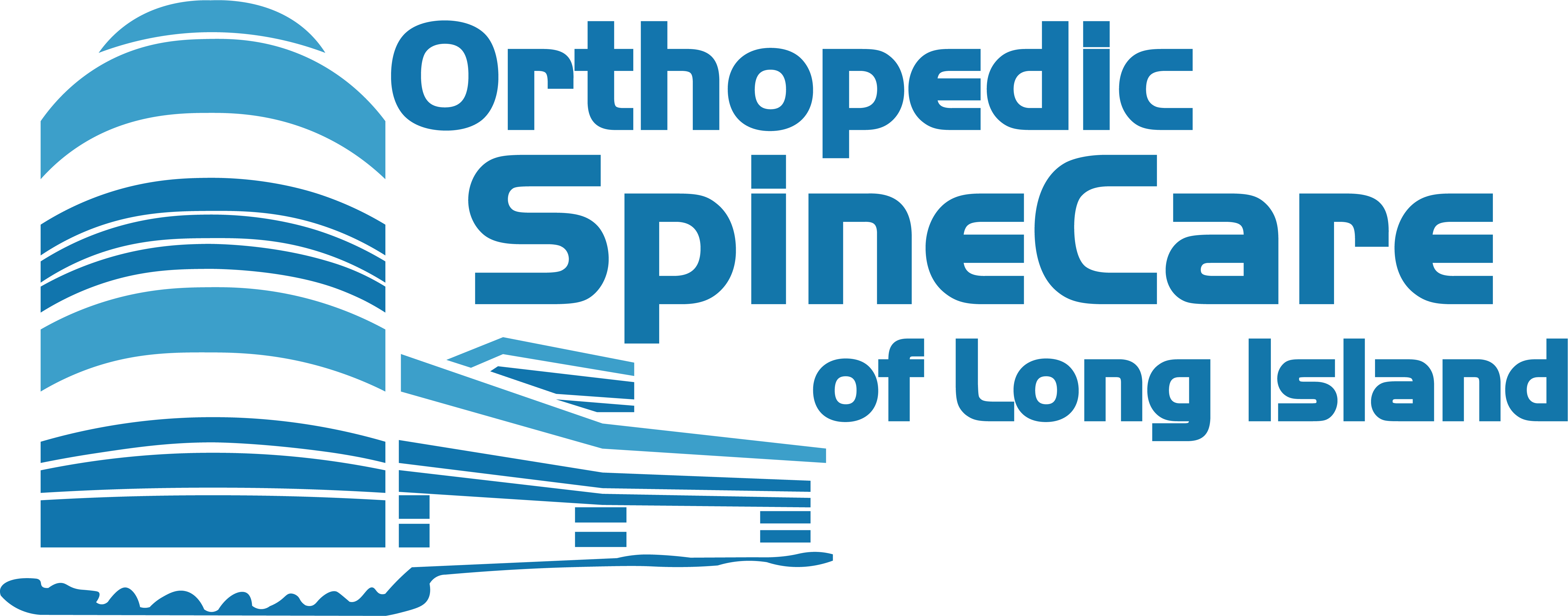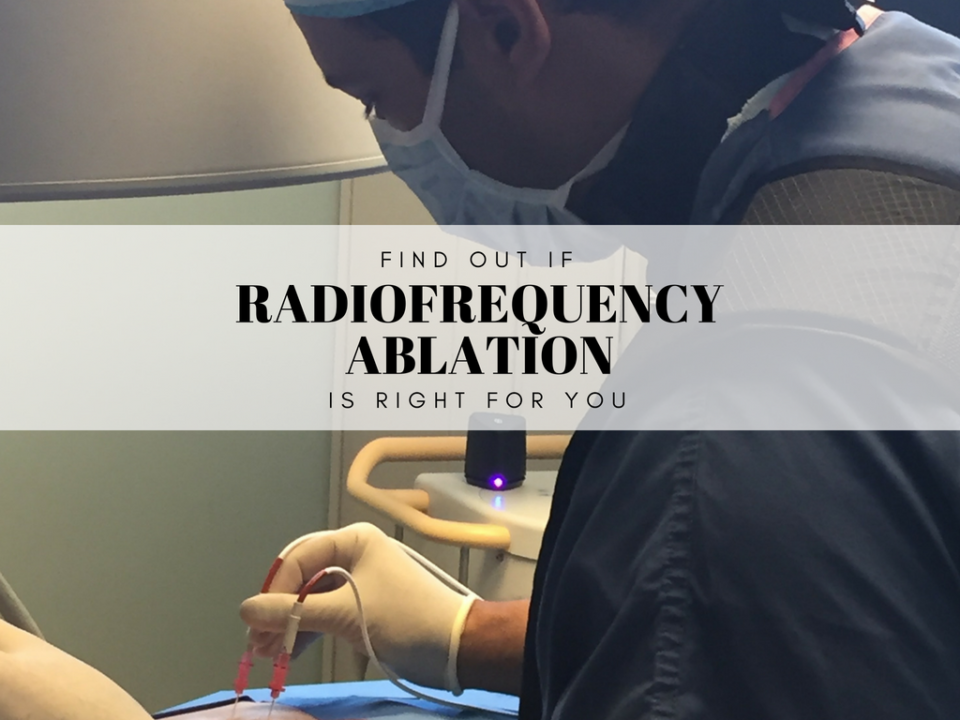
Spine Care in Huntington Station
September 14, 2017
The Aging Spine: Conditions And Treatment
September 30, 2017Surgery For Sciatica Nerve
Sciatica is a common cause of low back pain that can severely affect your quality of life. Characterized by pain that radiates from the lower back down through one or both legs, sciatica is typically the result of pressure on the spinal cord or nerves particularly the sciatic nerve in your lower back. When conservative treatments don’t work, surgical treatment for sciatica pain relief may be necessary.
At Orthopedic Spine Care of Long Island, our team specializes in providing care for patients experiencing sciatic pain, nerve pain, and other forms of back pain. If you’ve tried non-invasive options but still experience persistent pain, this guide will help you understand your treatment options for sciatica, especially sciatica surgery.
Understanding Sciatica and Its Causes
Sciatica occurs when the sciatic nerve the largest nerve in your lower back is compressed or irritated. This compression of the nerve root often leads to symptoms like leg pain, tingling, numbness, or weakness that spreads into the spine and legs, sometimes affecting both legs one at a time.
Common Causes of Sciatica Include:
- Herniated disc in your spine
- Spinal stenosis or bone spurs
- Degenerative disc disease
- Lumbar spinal stenosis
- Spondylolisthesis
- Metastatic spinal cord compression
These issues can result in pressure on the spinal cord, spinal nerves, or nerve root, leading to inflammation and the pain caused by sciatica.
Diagnosing Sciatica
To diagnose sciatica, a spine surgeon will assess your sciatica symptoms, medical history, and may order imaging tests such as MRI or CT scans to look for abnormalities in the spinal canal, spinal cord, or disc that might be causing sciatica.
Symptoms that might indicate the need for surgery include:
- Severe or persistent pain
- Pain that radiates to the legs
- Loss of bladder or bowel control
- Pain that affects mobility
- No improvement with pain relief medications or conservative treatment
Conservative Treatments for Sciatica
Many cases of sciatica improve with non-surgical methods. Treatments for sciatica without surgery often include:
- Pain relievers and anti-inflammatory drugs
- Physical therapy
- Heat and cold therapy (20 minutes at a time)
- Steroid injections
- Lifestyle modifications
- Exercise and stretching, such as lying on your back to relieve pressure
These methods aim to reduce pain, increase flexibility, and strengthen the spinal column to better support the spine. However, sciatica may persist even after trying these approaches. That’s when surgery for sciatica becomes a consideration.
When Surgery May Be Necessary
If sciatica pain doesn’t improve after weeks or months of conservative treatment, or if your condition is worsening, surgery may be recommended. Surgery is usually a last resort, but it can offer immediate pain relief in certain situations.
You may need surgery if:
- Pressure on the nerve is causing extreme discomfort or disability
- There is spinal stenosis around your sciatic nerve
- You have a disc in your spine that is significantly herniated
- The pain affects your ability to perform daily activities
Types of Sciatica Surgery
There are several types of surgery available, depending on the cause of sciatica and its severity. At Orthopedic Spine Care of Long Island, we offer both open surgery and minimally invasive approaches to ensure the best possible outcomes with reduced recovery time.
1. Lumbar Decompression Surgery
Also known as lumbar decompression, this procedure involves removing part of the bone or tissue pressing on the nerve root. This type of surgery can relieve pressure on the spinal cord and nerves and is commonly used to treat lumbar spinal stenosis.
2. Microdiscectomy
This minimally invasive surgery involves removing a portion of a herniated disc that is pressing on the spinal cord or nerve root. It’s often recommended for patients whose sciatica symptoms are due to a herniated disc.
3. Laminectomy
This procedure involves removing part of the spinal canal’s bony roof to create more space around the spinal cord or spinal nerves, often used to treat spinal stenosis.
Each surgery involves different risks and benefits, and your spine surgeon will discuss the most appropriate sciatica treatment based on your condition.
Sciatica Surgery Recovery
Recovery time depends on the type of surgery, your general health, and how well you follow post-operative instructions. Most patients experience immediate pain relief or a steady decrease in symptoms over several weeks.
Post-surgical care may include:
- Physical therapy to restore strength and mobility
- Continued pain management of sciatica
- Avoiding strenuous activity
- Walking and movement to encourage healing
In most cases, patients can resume light activities within a few weeks and return to full function in 6–12 weeks. Minimally invasive procedures often have shorter recovery times and less post-operative pain than open surgery.
Risks and Considerations
As with any spine surgery, there are potential risks, including infection, nerve damage, or recurrence of sciatic pain. However, for patients dealing with severe nerve compression, sciatica surgery often provides significant, lasting pain relief.
Surgery is usually not the first step in treating sciatica, but it becomes necessary when conservative treatment fails. Surgery for sciatica pain is designed to relieve pain, restore function, and help reduce pain in the long term.
Alternatives to Surgery
If you’re hoping to avoid surgery, it’s essential to commit to a comprehensive management of sciatica plan. This may include:
- Regular physical therapy
- Pain relief medications
- Maintaining a healthy weight
- Avoiding activities that worsen back pain
- Modifying posture and ergonomics
However, if you’re still dealing with sciatica after these steps, surgery may become the best path forward.
Sciatica generally responds well to non-surgical methods, but in cases where nerve root compression continues to cause persistent pain, sciatica surgery can offer much-needed relief. Whether you’re suffering from sciatica symptoms due to a herniated disc, spinal stenosis, or another issue in the spinal column, Orthopedic Spine Care of Long Island can help.
Often, sciatica results from a pinched nerve, a condition which can be treated extremely effectively with surgery. The specific surgical procedure for this type of sciatica pain is called lumbar decompression. The surgery has a high success rate for relieving sciatic nerve-related leg pain, and we will work with you to personalize your recovery process and ensure you get back to your normal activities as soon as possible. Contact us today to start working towards a better, more pain-free life with our spine surgeon that can help improve your quality of life!






